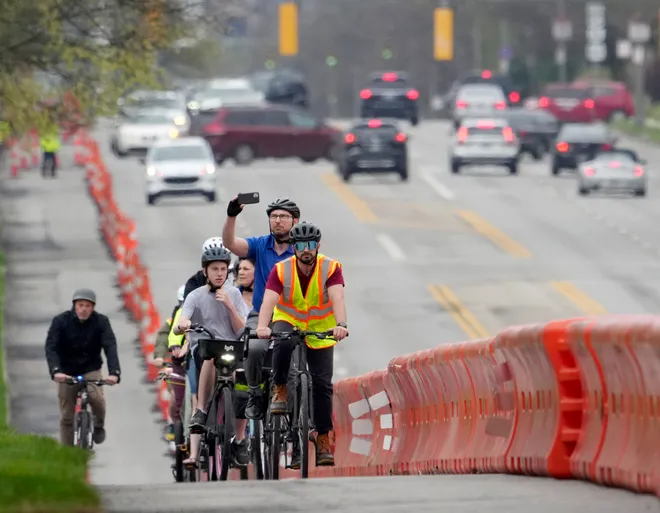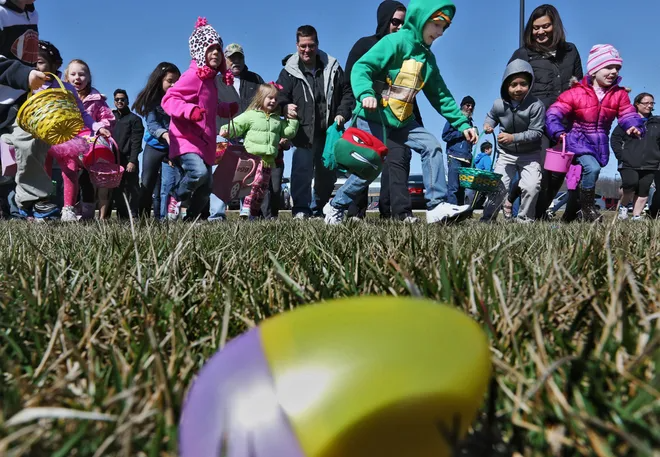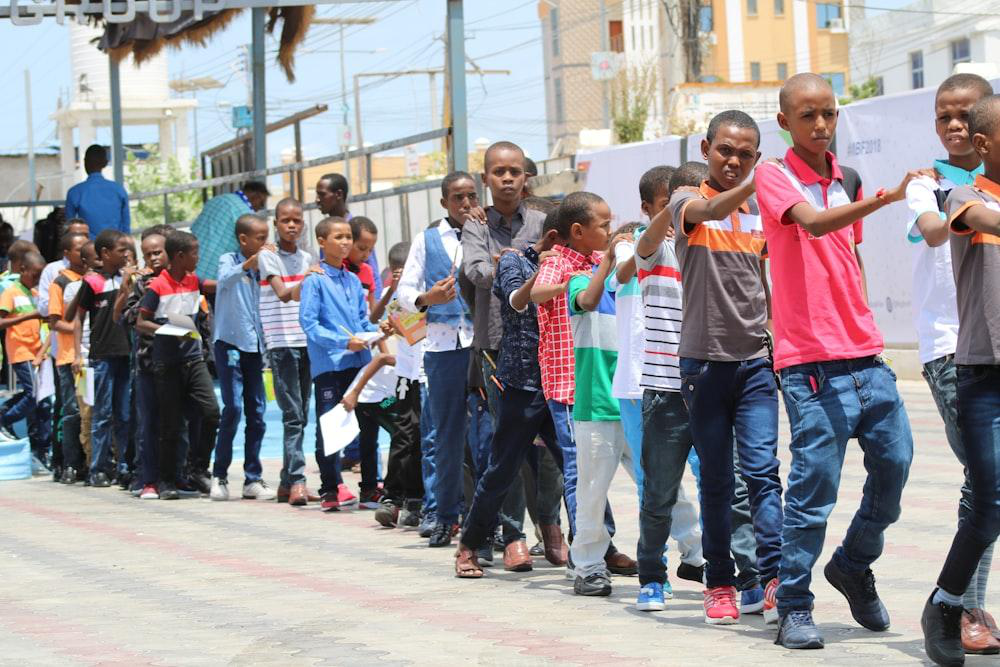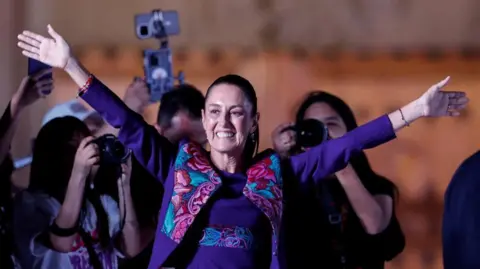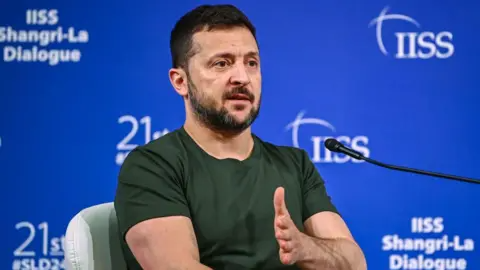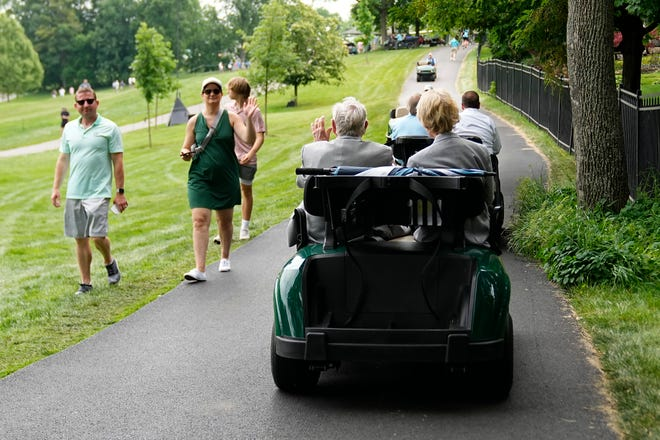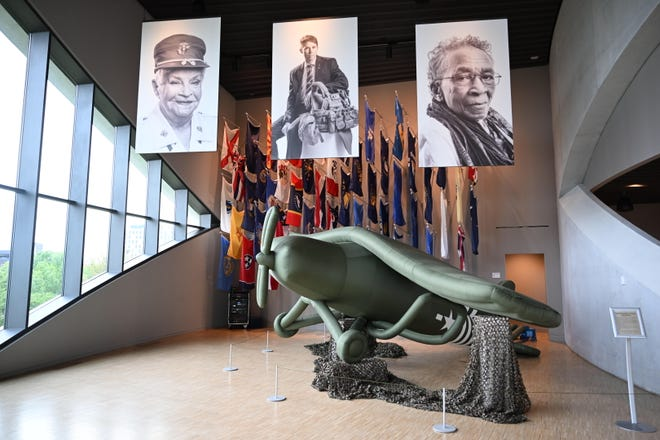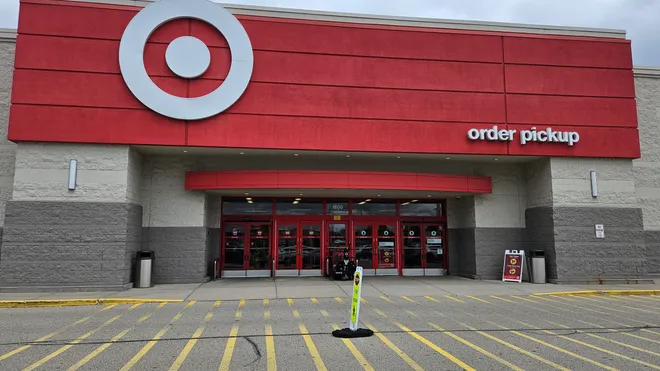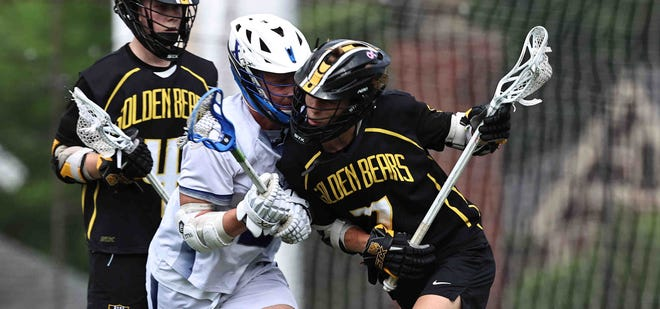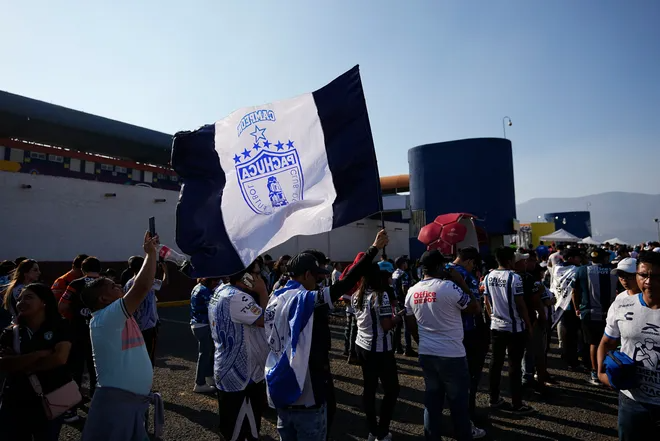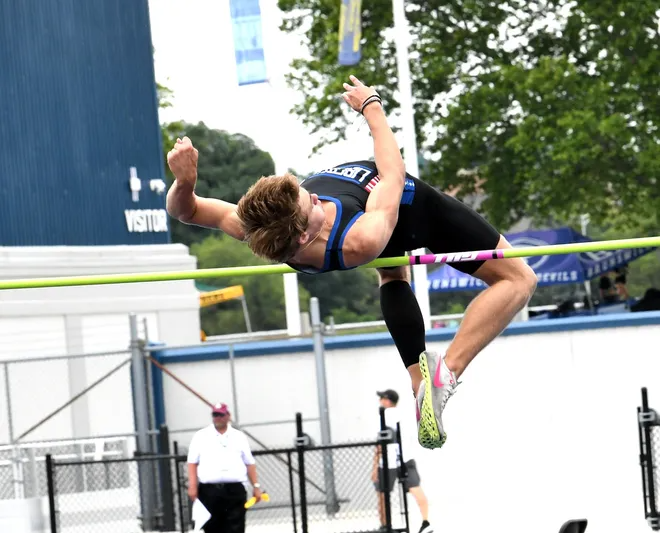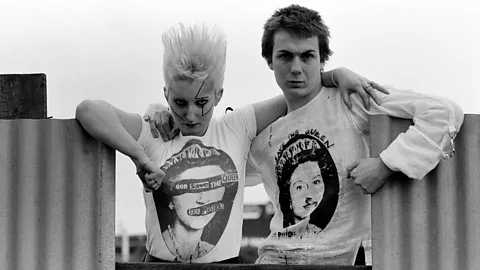A look at the day-to-day lives of people in Minnesota’s Somali community, the largest in the United States.
“It’s the biggest Somali community in North America, possibly in the world outside of East Africa,” he said. “It’s like the cultural hub of the Somali diaspora, you could say.”
Around 150,000 Somalis, both refugees and nonrefugees, live in the United States, according to U.N. estimates from 2015. More Somalis live in Minnesota than any other state.
Why Minnesota?
“Being so cold, it doesn’t seem congruent,” Nazaryan said. “But there are actually two reasons that make complete sense. One is jobs. There’s a lot of jobs here. If you come here as a refugee and there’s job opportunities, it doesn’t really matter if it’s in the middle of nowhere.”
The second reason is resources.
“Minnesota is a super liberal state. … They have that whole history of accepting refugees from I think initially Vietnam and then the Hmong and then the Bosnian crisis. So they have this whole infrastructure set up already, in terms of nonprofit agencies and NGOs, where their primary purpose is resettling refugees,” he said.
Nazaryan traveled to Minneapolis after a former contact introduced him to a young Somali man who lived there. The man met Nazaryan at the airport and introduced him to his friends, and that started Nazaryan’s project “Minneapolis Somalis.”
His photos show the day-to-day lives of young Somalis, and he hopes it provides “a bit of nuance in the way that people see the community. That it’s not quite so simple as a couple of headlines might relate.”
Two months before Nazaryan arrived in Minneapolis, six young Somalis from the area were arrested. Federal prosecutors said the men planned to sneak into Syria and join the ISIS terror group.
Somalia is also on President Trump’s executive order that would temporarily ban people from certain countries from entering the United States. Those seven Muslim-majority nations were initially identified as “countries of concern” under the Obama administration to address “the growing threat from foreign terrorist fighters.”
“Radicalization and terrorism are real things that affect the community, but we’re talking about 30,000 people,” Nazaryan stressed. “The average person, they’re not going to go home and talk about radicalization with their friends. They’re just going home and talking about, ‘What am I going to do tomorrow?’ ‘What classes am I going to take next semester?’ You know, problems with girls, anything that people talk about.”
He said the Somali people he met in Minneapolis are very conscious of how they are perceived by people outside the community, and they are concerned about being unfairly portrayed as terrorists.
“I’ve had this conversation I think probably a few hundred times at this point because that’s the first thing people assume when you have a camera,” Nazaryan said.
His photos show young people graduating from school, playing sports, taking selfies, boating on a lake. In a project description on his website, he says, “Ultimately, I hope these photos will demonstrate that the typical Somali is no less American than any other Minnesotan.”
He acknowledged that most of the people he spent time with are more on the liberal side of the community and that there is a conservative side that doesn’t exactly go out bowling.
Photograph by Arthur Nazaryan
Story by Kyle Almond, CNN




